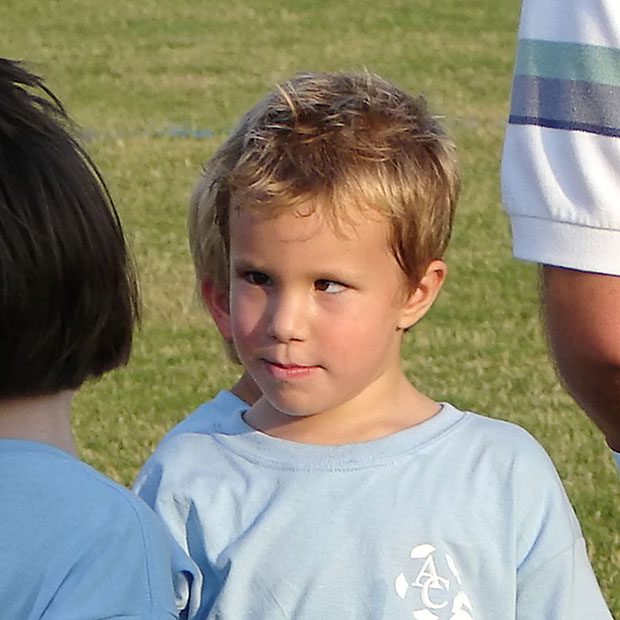Warning Signs Of Child Vision Problems

An estimated 60 percent of children with learning difficulties have undiagnosed vision problems, and 80 percent of learning is visual.
This puts these children at a serious disadvantage in their education and their social development. So what can we do as parents to make sure this doesn’t happen to our children? Fortunately, there’s plenty!
Why Are So Many Vision Problems Undiagnosed?
One reason childhood eye problems aren’t diagnosed as often as they should is that children don’t self-report. Adults sometimes compound this issue by mistaking the symptoms for those of learning disabilities. When children struggle with visual tasks, they may not recognize that the problem is with their eyes. All they know is that they’re having a harder time with these things than their peers, which can be confusing and upsetting, especially if adults are scolding them for failing to do the tasks.
Common Vision Problems
Another reason vision problems go undiagnosed is that many children don’t get comprehensive eye exams. The school nurse may test their visual acuity with the big E chart, but that’s it. While this is certainly an important test, there’s a lot that it doesn’t check for, such as:
- Convergence Insufficiency: a binocular vision problem in which the eyes tend to drift outward when looking at up-close things, making tasks like reading difficult.
- Astigmatism: a refractive error that causes blurry vision, but whose effects can be subtle enough that a vision screening might miss it. If left untreated by corrective lenses, this can cause amblyopia.
- Strabismus: misalignment of the eyes where they turn in, out, up, or down. Untreated strabismus can also cause amblyopia, but it can be corrected by patching, specially designed glasses, or sometimes surgery.
- Amblyopia, or “lazy eye”: poor vision in one eye, typically caused by astigmatism, difference in each eye’s refractive error, or crossed eyes. Without treatment, amblyopia can lead to irreversible vision loss.
Signs Parents Can Watch For
Some symptoms of an eye problem are easily observable, such as an eye turning in or out or frequent squinting, but others may require more careful observation. It’s never a bad idea to bring your child in for a comprehensive eye exam, but you should definitely schedule one if you notice that they…
- frequently rub their eyes or blink rapidly
- have a short attention span
- struggle with or avoid reading and other up-close activities
- get frequent headaches
- often cover one eye
- tilt their head to one side
- hold their reading materials close to their eyes
- often lose their place while reading
- have difficulty remembering what they just read
Don’t Wait To Schedule Your Child’s Eye Exam
As parents, we want to give our children the very best, and an important part of that is making sure that if they have a vision disorder, it gets diagnosed and treated as soon as possible so that they don’t have to struggle against it as they learn and grow. If you want to know more about any of these eye conditions or schedule an eye exam for your child, just give us a call!
